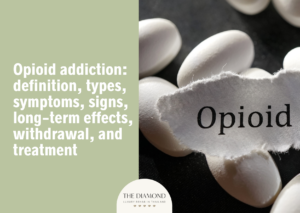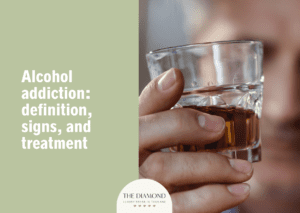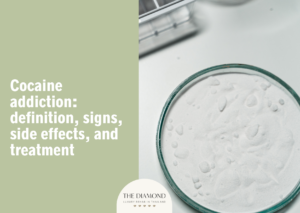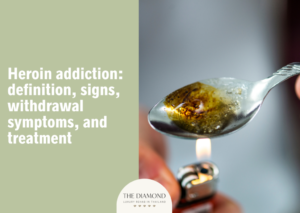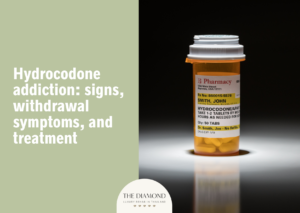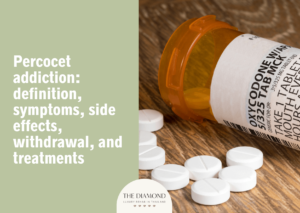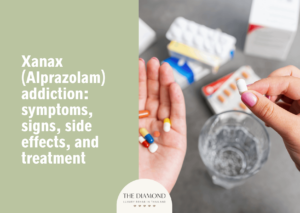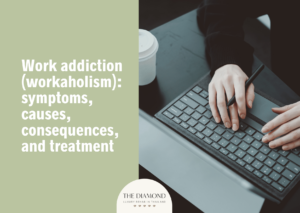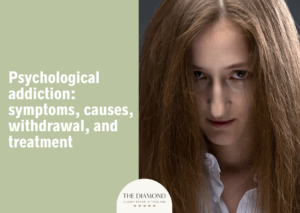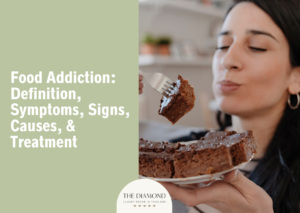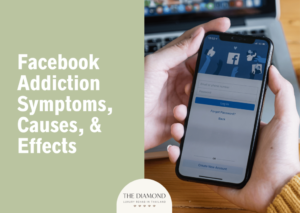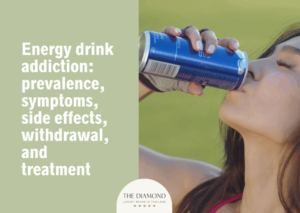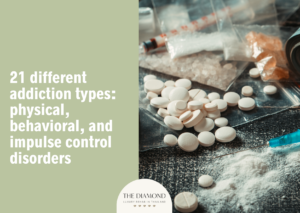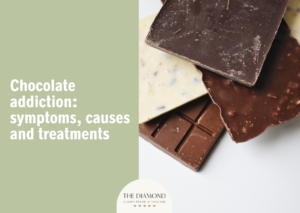Dopamine addiction: can you be addicted, role, and dopamine-seeking behavior

You cannot be addicted to dopamine because it is a naturally occurring neurotransmitter in the brain, not a substance or behavior with the potential to be abused.
Dopamine dependence is not a medically recognized condition. The Diagnostic and Statistical Manual of Mental Disorders, Fifth Edition (DSM-5) does not list dopamine addiction as a diagnosable disorder, as addiction is defined by compulsive behavior and loss of control rather than by dependence on a single neurotransmitter.
Dopamine plays a key role in addiction because of its function as a motivator instead of being merely a pleasure-inducing chemical. Key to the reward system of the brain, dopamine reinforces rewards and anticipates future gratification, therefore strengthening behavioral patterns.
Dopamine-seeking behavior is the repeated search of activities inducing dopamine release, hence reinforcing habits connected to pleasure and reward.
As the brain—under the influence of habit-forming activities—has a tendency to favor short-term pleasure over long-term well-being, this pattern helps to explain risky addiction behaviors including sex addiction, alcohol addiction, drug addiction, food-related disorders, and digital addictions.
Can you be addicted to dopamine?
No, you cannot be addicted to dopamine. While dopamine plays a significant role in the brain’s reward system, addiction is caused by behaviors or substances overstimulating dopamine release, not by dopamine itself.
Addiction develops when individuals rely on actions or drugs causing excessive dopamine release, leading to compulsive behavioral patterns. The pleasure and reward linked to dopamine drive addictive tendencies, but dependence forms on the activities or substances responsible for the surge, not on dopamine itself.
According to a 2020 review by Roy A. Wise and Mykel A. Robble titled, “Dopamine and Addiction,” habitual intake of addictive agents decreases the expression of dopamine receptors in the brain, making a person lose interest in other activities previously enjoyed in favor of using the addictive agent or thinking about it.
More precisely, addiction to dopamine is a myth. A person doesn’t take dopamine like pills, food, or alcohol. However, one develops dependence and later addiction to dopamine-boosting activities, because dopamine is a strong motivator playing a major role in the process of developing an addiction.
Another myth about dopamine is that it’s a pleasure chemical because the general belief is dopamine creates a feeling of euphoria. A 2005 review by R.A. Bressan and J.A. Crippa titled, “The role of dopamine in reward and pleasure behaviour—review of data from preclinical research” mentioned although dopamine is crucial for reward-seeking motivation, alternative neurotransmitters such as serotonin and opioids play a more direct role in the hedonic (pleasure) dimension.
A 2021 paper by Roy A. Wise and Chloe J. Jordan titled, “Dopamine, behavior, and addiction” explained dopamine function dictates learned behavior. Addiction is additionally a learned behavior, to a great extent.
When triggered by external stimuli such as addictive agents or certain activities, dopamine neurons discharge in bursts and enable a chain of events crucial for learned searching.
Additionally, behaviors like gambling and video gaming create a powerful compulsion that triggers frequent dopamine surges due to constant novelty and social reinforcement.
What is dopamine?
Dopamine is a type of catecholamine, a neurotransmitter and hormone released when the brain is expecting a reward. The brain chemical regulates motivation, motor functions, and reward-associated learning.
Dopamine (DA) is involved in various other bodily functions, such as digestion, blood flow, heart and kidney function, pain processing, sleep, and stress response. Healthy levels of dopamine in the brain encourages the repetition of pleasurable activities, whereas low levels of the neurotransmitter have the opposite effect.
Dopamine is a chemical messenger released from nerve cells through a well-coordinated process involving specific release sites and calcium-triggered vesicle fusion, as per a 2019 study by ChangLiang Liu and Pascal S. Kaeser titled, “Mechanisms and regulation of dopamine release.”
The process is precisely regulated to ensure dopamine release is controlled both in time and space, helping manage various brain functions like movement, motivation, and reward.
Even the anticipation alone of doing a pleasurable activity stimulates the release of dopamine. When a person associates comfort with a specific meal, dopamine levels rise upon smelling or seeing the meal being prepared.
Eating the meal causes an even greater increase in dopamine, strengthening the craving and enhancing satisfaction. The release of dopamine follows a cycle driven by motivation, reward, and reinforcement.
Activities promoting the release of dopamine include shopping, exercising, delicious desserts, listening to music, having sex, eating certain foods, and anything else a person enjoys.
What role does dopamine play in addiction?
Dopamine plays a crucial role in addiction, acting more as a motivator than a mere pleasure chemical. As a factor in behavior reinforcement and reward anticipation, dopamine plays a crucial role in the brain’s reward system.
When a person engages in activities or consumes substances boosting dopamine release, the brain links such actions to positive outcomes, creating a strong urge to repeat them.
Strengthening the bond between specific behaviors and rewards, dopamine signals enhance neural pathways. Dopamine’s innately motivational influence pushes people to seek out situations setting off its release, frequently in spite of negative outcomes.
What are the risky addiction behaviors associated with dopamine?
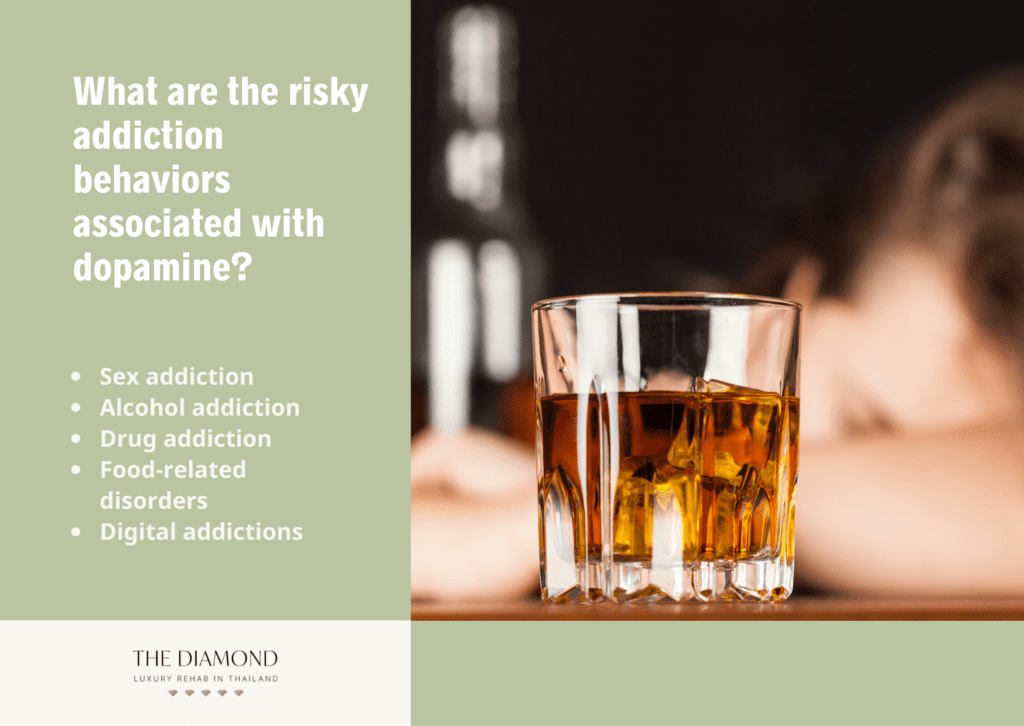
Risky addiction behaviors hijack the dopamine system, causing a person to seek more of the substance or activity. Risky addiction behaviors associated with dopamine are listed below.
- Sex addiction
- Alcohol addiction
- Drug addiction
- Food-related disorders
- Digital addictions
1. Sex addiction
Sex addiction refers to the compulsive engagement or participation in sexual activity—with emphasis on sexual intercourse—despite the harmful consequences. Sex addiction or hypersexuality is incredibly dangerous and causes relationship problems for numerous people.
Orgasm releases dopamine and activates pleasure centers in the brain. Therefore, sex addiction has a lot to do with dopamine release. A person addicted to sex keeps seeking out sexual activities in order to experience the same level of satisfaction.
Over time, the brain’s reward system becomes increasingly desensitized, requiring a more active use of sexual behavior to achieve the same dopamine response. The pattern of pursuing increased stimulation results in the formation of addiction, when the person places sexual behaviors as a higher priority than other significant elements of their life.
2. Alcohol addiction
Alcohol addiction, otherwise known as alcohol use disorder (AUD), is a chronic relapsing disorder indicated by an impaired ability to control or stop alcohol use despite social, health, or occupational harms and consequences.
According to a 2020 article titled, “Understanding Alcohol Use Disorder” from the National Institute on Alcohol Abuse and Alcoholism, alcohol addiction is classified as mild, moderate, or severe.
According to a 2014 paper by Hui Ma and Gang Zhu titled, “The dopamine system and alcohol dependence,” the effect of alcohol consumption on dopamine release is dependent on the dosage.
A component of the brain’s reward circuitry, the amygdala, is crucial to understanding the effects of alcohol on the brain. Alcohol consumption essentially causes an excess of dopamine in the brain and a concurrent downregulation of dopamine receptor expression. The rationale provides insight into the classification of chronic drinking as a dopamine-related and addictive activity.
The pleasurable effects induced by dopamine boost make a person want to drink more alcohol, but decreased expression of receptors build tolerance. As a result, a person drinks greater amounts of alcohol continuously to the point of becoming addicted.
3. Drug addiction
Drug addiction is the inability to control the use of illegal or legal drugs or alcohol despite harm to a person’s health. Changes in the brain’s reward system happen, resulting in altered neural pathways and making cravings stronger. Therefore, it becomes progressively harder to put an end to drug use over time.
Drugs and similar substances release dopamine in a more straightforward manner than other activities on this list. Substances such as cocaine directly flood the brain with dopamine.
A 2013 study by Park et al., titled, “Chronic Cocaine Dampens Dopamine Signaling during Cocaine Intoxication and Unbalances D1 over D2 Receptor Signaling” reported how chronic cocaine use dampens dopamine signaling, leading to even worse compulsive and addictive intake.
Decreased signaling leads to problems such as tolerance, dependence, and drug addiction. The same happens with other substances, not just cocaine.
Over time, the brain’s normal dopamine production and signaling pathways are altered, limiting the individual’s ability to derive pleasure from everyday activities and developing reliance on the drug for a sense of wellbeing.
The combination of dopamine-induced reinforcement and withdrawal symptoms makes drug dependence obsessive, making quitting impossible without professional help.
4. Food-related disorders
Food-related disorders are medical conditions characterized by challenging regulation of eating habits and recurrent display of detrimental behaviors associated with food. Conditions include anorexia nervosa, bulimia nervosa, binge eating disorder, rumination disorder, and avoidant/restrictive food intake disorder (ARFID).
Certain foods, particularly those high in sugar, fat, and salt, trigger the release of dopamine in the brain’s reward centers, leading to feelings of pleasure and satisfaction. Dopamine-induced pleasure drives individuals to compulsively overeat, perpetuating the cycle of food addiction.
Repeated consumption of such foods lead to tolerance, meaning larger quantities are needed to achieve the same level of satisfaction. The combination of tolerance and the reinforcing influence of dopamine is a factor in the emergence of compulsive eating patterns.
A 2010 report by Nicholas T. Bello and Andras Hajnal titled, “Dopamine and binge eating behaviors” confirmed dopamine perpetuates compulsive feeding patterns, while sustained stimulation of dopamine systems leads to progressive impairments in the signaling of the neurotransmitter.
5. Digital addiction
Digital addiction is the compulsive urge to use digital devices, platforms, and technologies obsessively, including online platforms, video games, music, the internet, gadgets, mobile devices, and social networks.
The brain’s dopamine levels are greatly affected by digital addiction. Dopamine is released when one engages in digital activities such as social networking, online gaming, and web browsing, leading to motivation and feelings of reward. Such activities frequently produce instant pleasure and continuous novelty, continually triggering the reward system in the brain.
As a result, a person develops a strong urge to experience the same pleasure repeatedly. Over time, the cycle contributes to digital addiction, including internet addiction disorder (IAD) and broader technology dependence, as dopamine receptors become less responsive.
The individual increases engagement with mobile phones, the internet, gadgets, and digital platforms to regain the same level of satisfaction.
What are the risk factors for dopamine-seeking behavior?
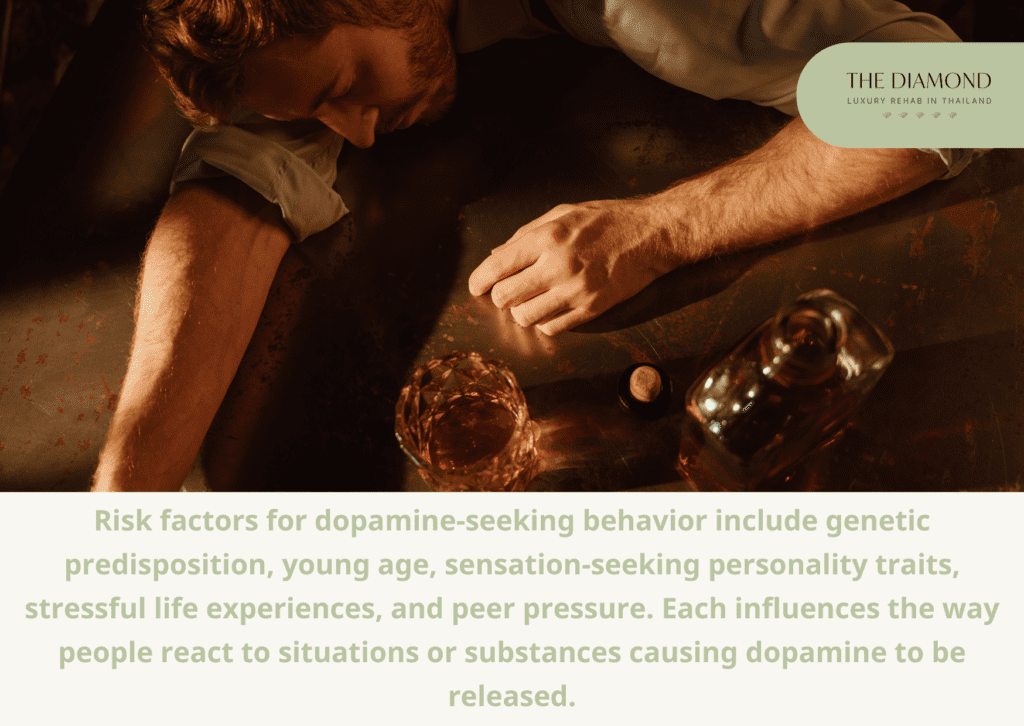
Risk factors for dopamine-seeking behavior include genetic predisposition, young age, sensation-seeking personality traits, stressful life experiences, and peer pressure. Each influences the way people react to situations or substances causing dopamine to be released.
A major factor is genetic predisposition, since changes in dopamine-related genes affect impulsivity and reward sensitivity. The DRD2 gene (dopamine D2 receptor gene) is of particular significance, as individuals carrying the A1 allele have a reduced number of dopamine receptors, increasing their susceptibility to compulsive behaviors, as per a 2013 study by Blum et al., titled, “Dopamine Genetics and Function in Food and Substance Abuse.”
Young age is a major risk factor because adolescence is when dopamine levels peak, making young people more likely to make rash decisions and engage in novelty-seeking. Heightened dopamine activity, combined with an underdeveloped prefrontal cortex, leads to increased risk-taking behaviors.
One dopamine-related personality trait linked to a predilection for strong and novel sensory experiences is sensation-seeking (SS), according to a 2015 review titled, “Sensation-seeking: Dopaminergic modulation and risk for psychopathology” by Agnes Norbury and Masud Husain.
People with sensation-seeking tendencies are more likely to be drawn to extreme sports, gambling, or drug use to maintain high levels of dopamine stimulation.
Stressful life experiences like trauma or chronic stress disrupt dopamine regulation, leading individuals to turn to dopamine-boosting activities to counteract the emotional effects of prolonged stress.
Peer pressure is another crucial factor, particularly during adolescence, when social acceptance is highly valued. Exposure to friends or social groups engaging in high-risk behaviors reinforce dopamine-driven activities, making individuals more likely to participate in substance use or other impulsive actions.
What are the ways to avoid dopamine-seeking behavior?
The ways to avoid dopamine-seeking behavior include setting boundaries, adopting healthy lifestyle behaviors, being mindful, getting enough rest, or engaging in dopamine detox. Through preventing compulsive participation in activities overstimulating the brain’s reward system, each approach aids with dopamine regulation.
Setting boundaries is necessary to prevent overindulging in activities giving rapid dopamine spikes, including using social media, playing video games, or eating junk food.
If one wishes to avoid obsessive behavior and lessen reliance on extrinsic dopamine triggers, self-discipline, organized routines, and screen time limitation are all beneficial.
Adopting healthy lifestyle behaviors, such as regular exercise, balanced nutrition, and social interactions, supports natural dopamine regulation. Eating tyrosine-rich foods including eggs, dairy, lean meats, and bananas helps sustain dopamine production, therefore guaranteeing sustainable motivation and energy levels without depending on synthetic stimulants.
Being mindful helps people recognize impulsive behaviors and make conscious decisions instead of seeking constant stimulation. Mindfulness exercises intended to promote emotional control and lessen dependence on outside dopamine triggers include meditation and deep breathing.
Along with preventing an over-reliance on stimulating activities for motivation and energy, getting enough rest stabilizes dopamine levels. Quality sleep helps the brain maintain regulated neurotransmitter activity, and this in turn improves cognitive performance.
Engaging in dopamine detox or dopamine fasting, which involves temporarily abstaining from over stimulating activities, helps reset the brain’s reward system. Avoiding digital distractions, processed foods, and artificial stimulants allows dopamine receptors to regain sensitivity, making natural rewards more fulfilling.
Is rehab effective in preventing dopamine-seeking behavior?
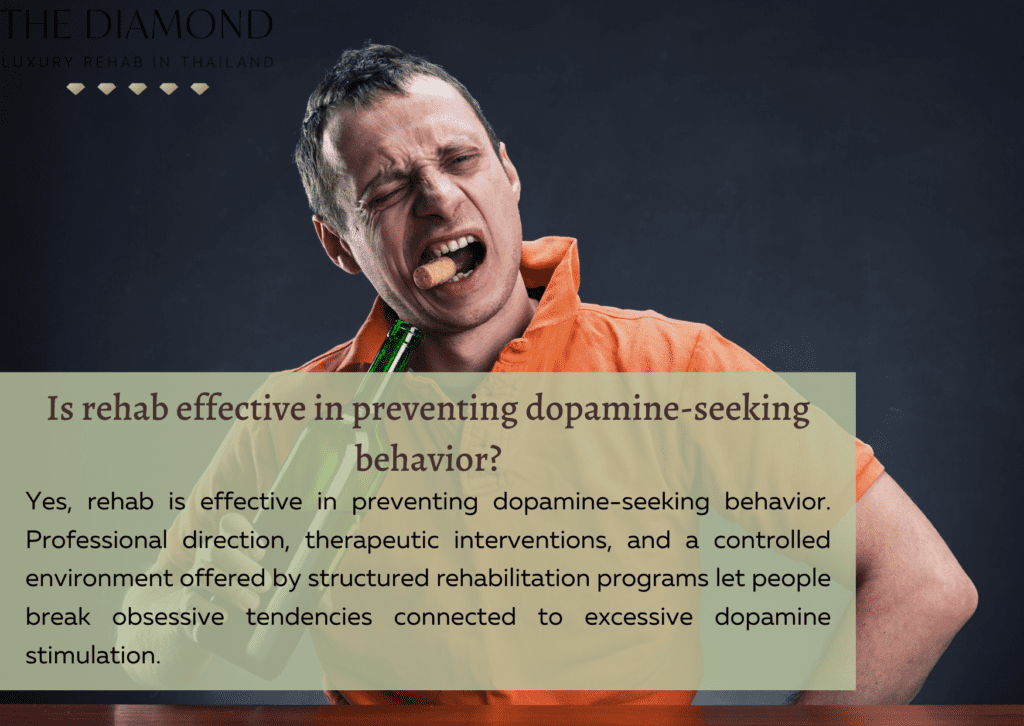
Yes, rehab is effective in preventing dopamine-seeking behavior. Professional direction, therapeutic interventions, and a controlled environment offered by structured rehabilitation programs let people break obsessive tendencies connected to excessive dopamine stimulation.
Rehabilitation programs often combine counseling, support groups, behavioral therapy, and counseling to break the cycle of relying on high-reward activities or substances. With the goal of decreasing the compulsive behaviors associated with addiction, these programs attempt to stabilize dopamine levels in the brain.
Supporting balanced dopamine function, rehabilitation additionally promotes healthy coping mechanisms including mindfulness, exercise, and nutrient-dense food consumption, which aids in long-term recovery.
It is worth noting that while rehab is a great starting point for managing compulsive behaviors linked to dopamine imbalances, long-term success really comes down to personal commitment and having the right support system in place.


